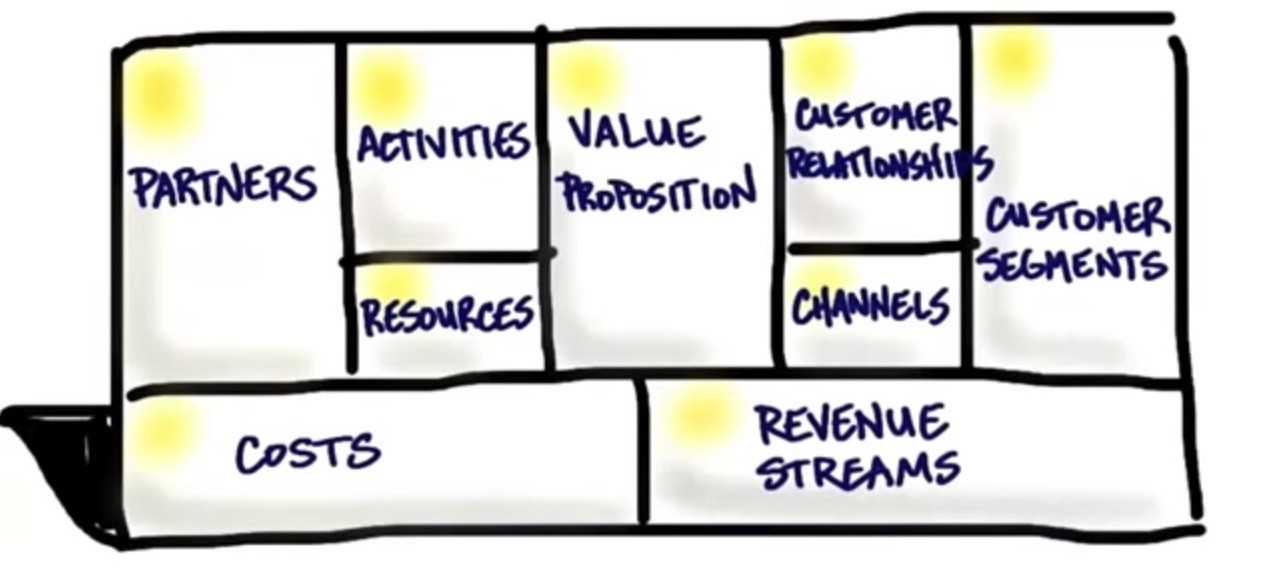Blog
Enter the Cloud – The Digital Martial Art

Cloud computing has long been hailed an enigmatic technology. Organizations and individuals alike had to transition from tangible hardware and data storage devices to the virtualization of cloud. However, as corporate infrastructures become increasingly digital, cloud computing is as essential and commonplace as the brick and mortar data center. By instituting cloud computing, organizations future proof their operations by leasing from commercial cloud establishments that support additional capacities and scalability.
On-demand cloud technologies enable organizations to explore new operations and shifts in business operations without the costs for investments in data infrastructure. Organizations benefit by enjoying flexibility to expand and pursue new areas of interest. With cloud, organizations can easily scale their IT needs to align with their business model at any time. In doing so, the cloud eliminates the need for organizations to invest in standalone and often underutilized servers that require upfront capital investments.
Let’s identify other benefits of cloud, besides the obvious data storage scalability.
Greater fault tolerance (transaction error) – The virtualization of cloud computing involves parallel runtimes, enabling fault tolerance so that data is never lost during program execution, such as online transactions. This seamless workflow allows for a greater user and information management experience.
Transitioning data between servers – The makeup of a cloud includes hardware as software. In cloud computing, traditional hardware assumes the form of software, unleashing the power of unlimited memory and processing capabilities. This phenomenon introduces new flexibilities that enable organizations to move massive amounts of information between servers timely and efficiently. This fluid design is made possible through virtual hardware, involving virtual memory, virtual processing, and virtual disk.
Improved access and control – Cloud computing enables personnel to tap into the organization’s data by simply connecting to the Internet. This access to information introduces greater collaboration between users and executive leadership. The information can be shared quickly and efficiently to facilitate decision-making, enabling management to make accurate, informed, and timely decisions based on the availability of data. Management can also control data rights by assigning or removing access privileges to their personnel as appropriate.
Information Security and Availability – Cloud is a martial art because it defends and safeguards organizations’ information. In the past, organizations relied on hardware devices, prone to damage, loss, and a significant overheard in terms of cost. This is notwithstanding the cost of losing sensitive or critical information, which can ultimately spell disaster for the organization. Now with cloud data storage, organizations can assume greater security and availability of data by leveraging the latest security utilities cloud has to offer.
Lower Carbon Footprint – With advancing technology, minimalizing organizations’ footprint is a paramount concern. Storage devices carry a heavy burden on energy and carbon footprints. Cloud computing effectively removes this environmental overhead, allowing organizations to meet their environmental sustainability objectives.
The benefits of cloud largely outweigh the cost of utilizing this Infrastructure as a Service. Whether leasing cloud technologies or establishing privately owned cloud infrastructures, organizations will reap the benefits of efficient scalability, control, security, and availability, all while meeting environmental objectives. Considering the onset of virtual technologies, the transition to a cloud infrastructure has never been easier. With the power of cloud computing, every competitive organization has a fighting chance for growth and sustainability.





Leave a Reply